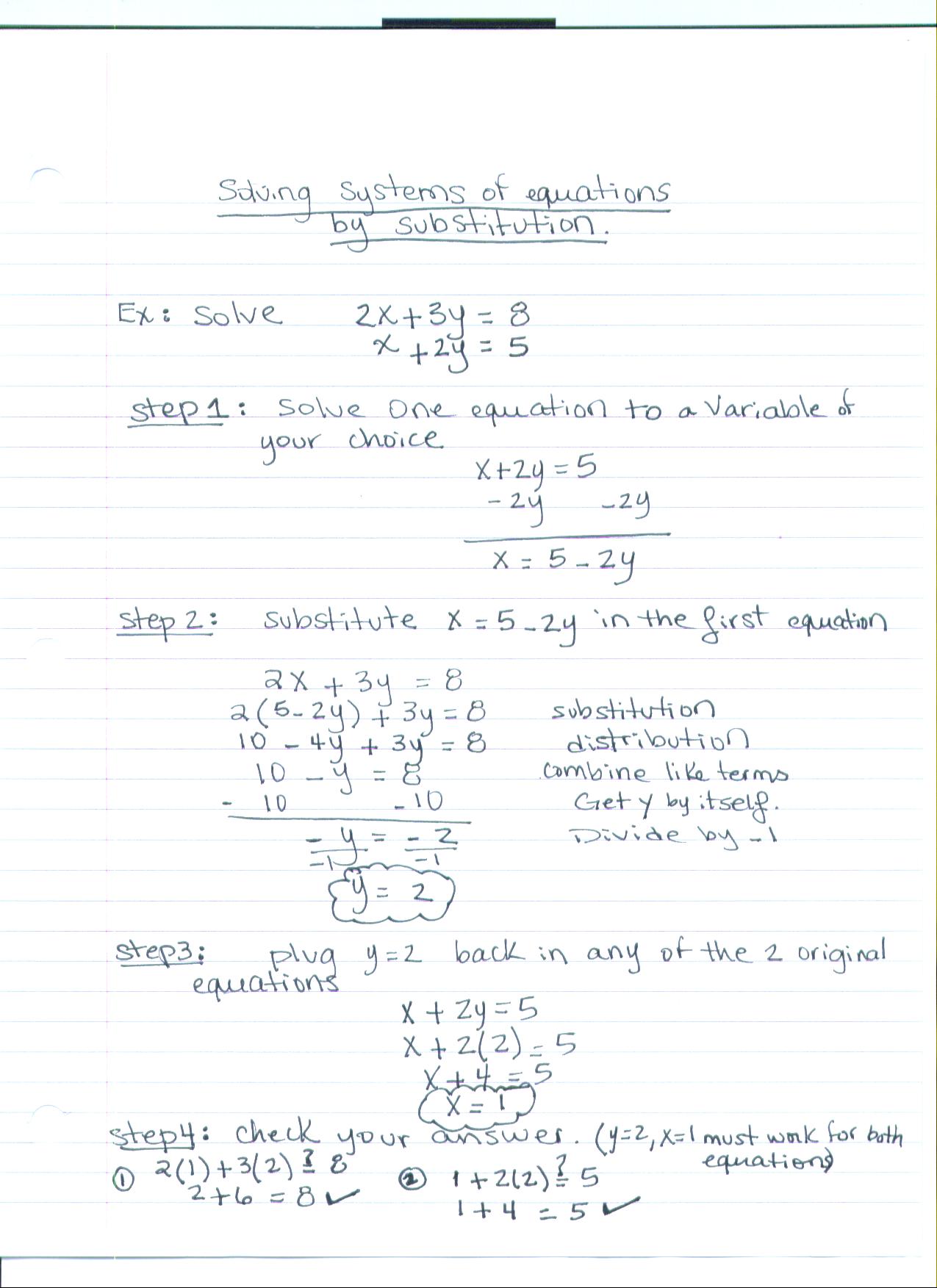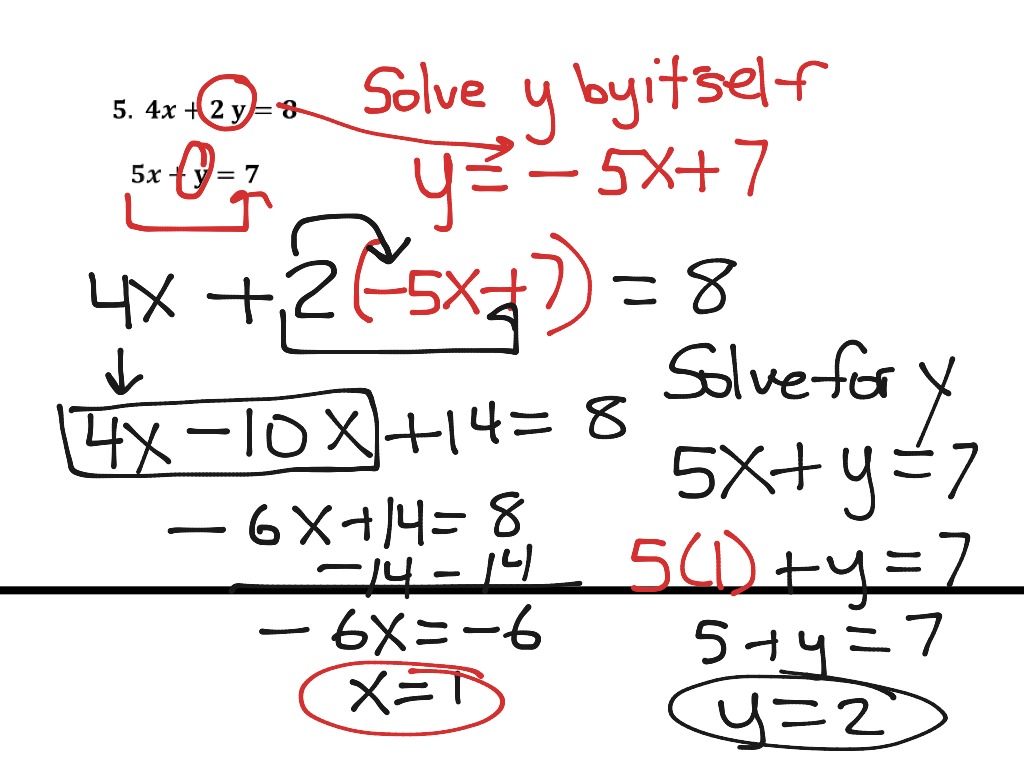

This circle is shown in Figure 1 by the blue line. This circle is shown in Figure 1 by the red line.Įquation (9) represents the circle of the radius with the center at the point (2,2). Substituting these four values of x into expression (5) gives four solutions for y:Īs the second form of the system of two polynomial equations of degree 2 we consider the followingĮxample 2 Solve the system of two equationsĮquation (8) represents the circle of the radius 2 with the center at the point (1,1). Second value of z gives two other solutions for x:. Introducing, we reduce it to the quadratic equationįirst value of z gives two solutions for x:. Substitute this expression to equation (5):Īfter simplifying and collecting the common terms you will get

Therefore, we will first multiply equation (6) by 2 and then subtract equation (5) to eliminate. Then apply the substitution method as described in item 1) ģ) after applying the substitution method, you will get bi-quadratic equation in one variable Ĥ) solve the obtained bi-quadratic equation and get the value of the selected variable ĥ) substitute the found value of the selected variable to one of the two original equations and get the value of another variable.Īn example below help you understand how this procedure works.Įxample 1Solve the system of two equationsīoth equations contain the terms with and. Methods for solution of bi-quadratic equations are described in the lesson Solving algebraic equations of high degree in this site.Īs the first form of the system of two polynomial equations of degree 2 we consider equationsĬomparing to the general equations (1), (2), the last two have no terms with x and y of degree 1.ġ) if one of two equations doesn't contain the term (or the term ) then apply the substitution method by expressing x (or y) from this equation Ģ) if both equations contain the terms and then perform addition or subtraction of equations first to get an equation, which doesn't contain the term or the term. Solving quadratic equations without quadratic formula. Introduction into Quadratic Equations and PROOF of quadratic formula by completing the square, Please note that methods for solution of quadratic equations are described in this site in the lessons Since the school algebra has no formulas to solve the general algebraic equation of degree 3 or 4, we consider below only those systems of two polynomial equations of degree 2 that may be reduced to quadratic or bi-quadratic resultant equations. If you get the quadratic or bi-quadratic equation, you succeed, because you have formulas to solve them.īut in this way you may also obtain the resultant equation of degree 3 or degree 4 which is not bi-quadratic.

When you get such an equation, try to solve it. Finally, get an equation containing only one variable x or y. Then express one variable ( x or y) via another variable from one equation and substitute it to another equation. The method which is used to solve this kind of systems is the "elimination and substitution" method.įirst simplify your equations (by performing multiplications of both sides to some numbers, addition and subtraction of equations) to eliminate some terms if required. Where coefficients a, b, c, d, e, f, g, h, i, j, k and l are given numbers. The most general form of this kind of systems is In this lesson we consider the solution of systems of two polynomial equations of degree 2 in two unknowns. Solving systems of algebraic equations of degree 2


 0 kommentar(er)
0 kommentar(er)
